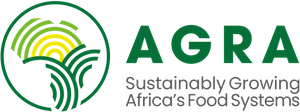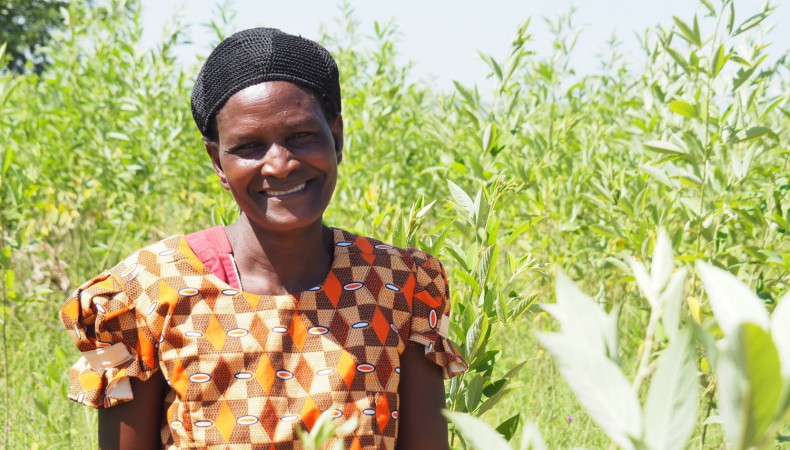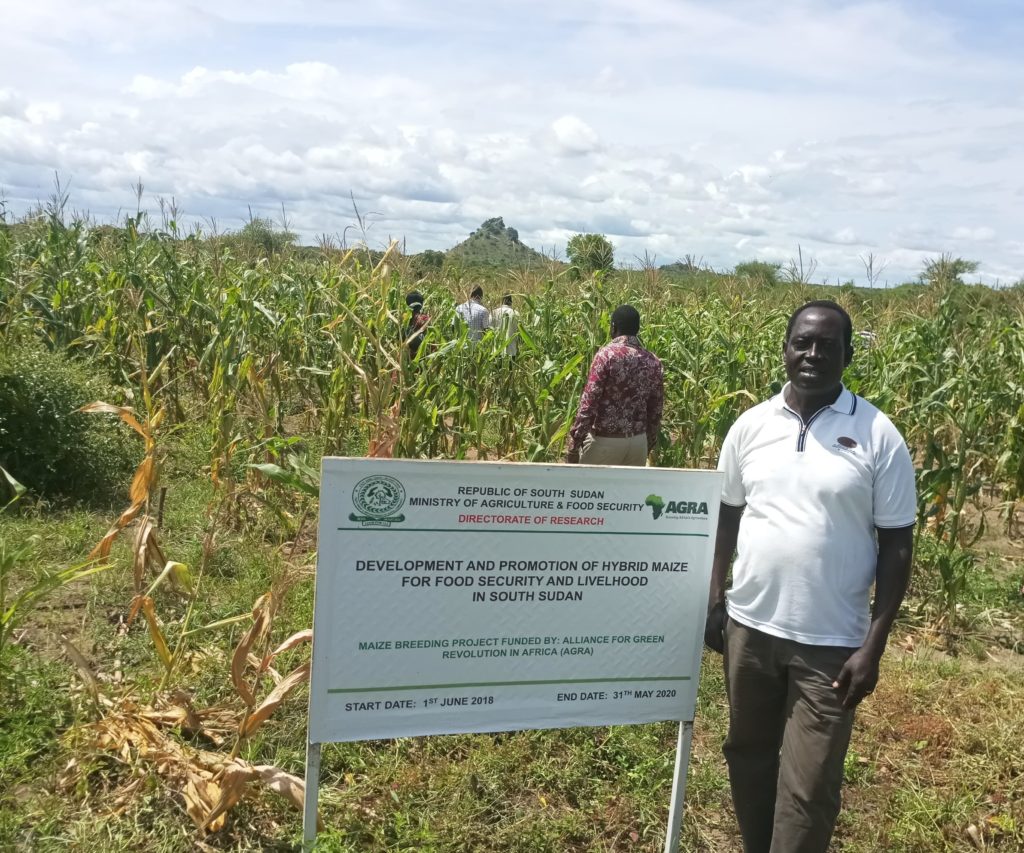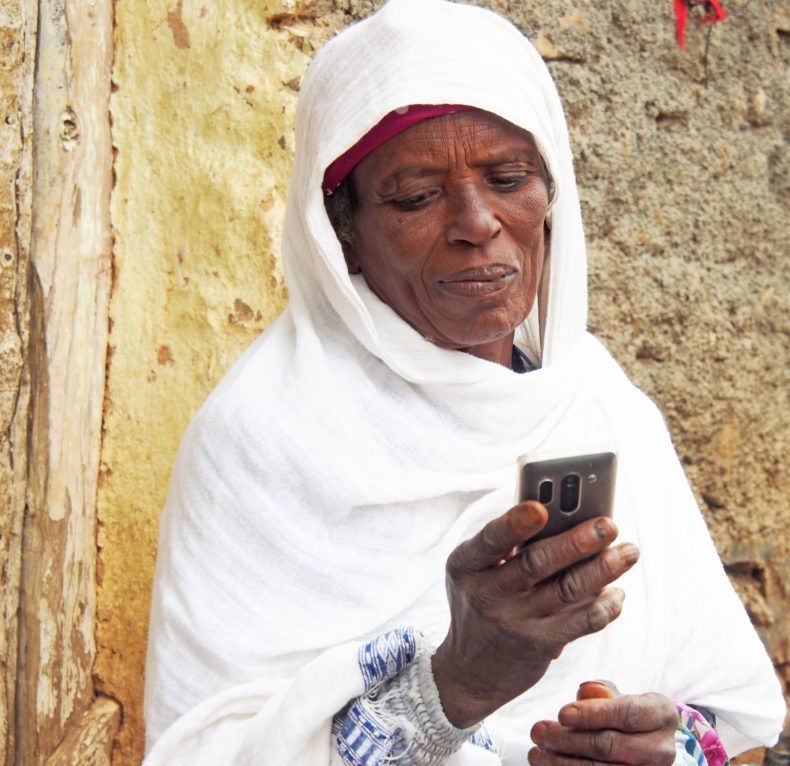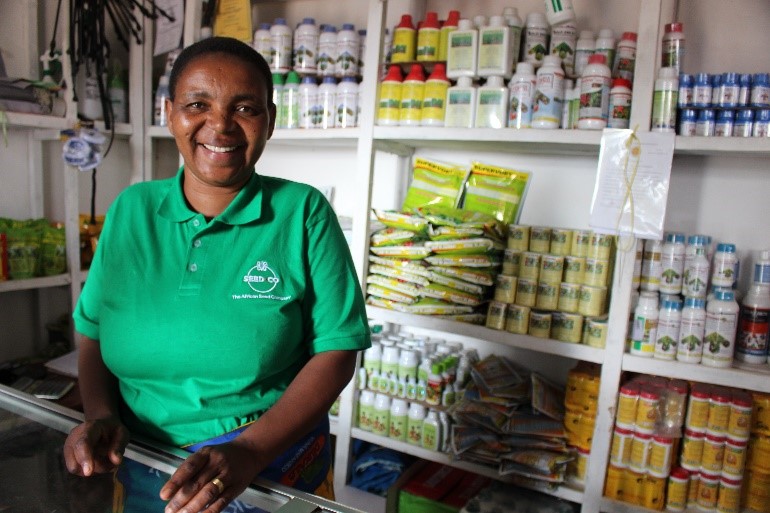Margaret Lilwawala from Gulumba in southern Malawi is reaping the benefits of collective marketing.
In the past, Margaret would travel over 20 kilometers to sell her pigeon pea at the local market, often for a price that was below her cost of production.
“When people first started talking about collective marketing, I was very skeptical and thought these people were just out to make a lot of profit leaving me with very little.
“But when I saw my friends, who had harvested a similar amount to me, were making good money, I thought I would give it a go,” Margaret said.
Last year Margaret made over 50,000 Malawian Kwacha (US$75) from selling her three bags of pigeon pea.
“This money helped me buy food and iron sheets for my house.”
Margaret is one of 4500 farmers in Malawi that are selling their produce collectively as a result of AGRA’s work in the country. Last season, these farmers sold 16,827MT of grain, valued at almost US$3.9 million.
In Kenya, Malawi and Zambia AGRA is implementing the Strengthening Agricultural Input and Output Markets project (SAIOMA), an initiative funded by USAID and the Bill and Melinda Gates Foundation that is working to improve smallholder farmers access to both input and output markets.
One of the ways that SAIOMA does this is by training farmer organizations and their members in how to sell their produce as a group.
Most smallholder farmers will look to sell up to five 100kg bags of produce in their local market. For a buyer who is seeking to buy tons of produce, this can make filling orders a difficult task.
But by selling as a group, farmers can offer buyers larger quantities in a single lot, and for the convenience, buyers are often willing to buy at double the price.
By working together, farmers can unlock the true value of their produce, which helps them get a fairer price for their harvest, giving farmers extra money they can put into the things that are most important to them: a roof over their heads, food on the table, their children’s education and buying land and livestock.

